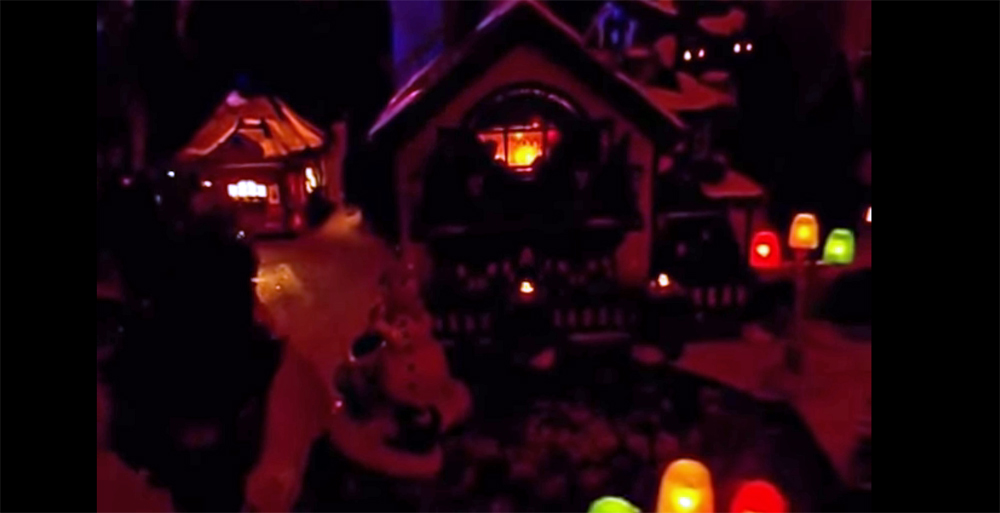
Name: Christopher Burger Forum User Name: Chris Burger Location: Mason Ohio Scale: S Theme: Christmas Village Description: This is our 2014 version of the Christmas Village Layout. 4-loops of S-Helper Fastrak which is now owned and made by MTH. Running an American Flyer Texas Special with Legacy, A 336 4-8-4 Northern with American Flyer Christmas […]
Read More…

Don’t miss the updated track buyer’s guide in the January 2015 issue! Download this companion article on how to select the best track for your layout. How to select the best track for your layout […]
Read More…
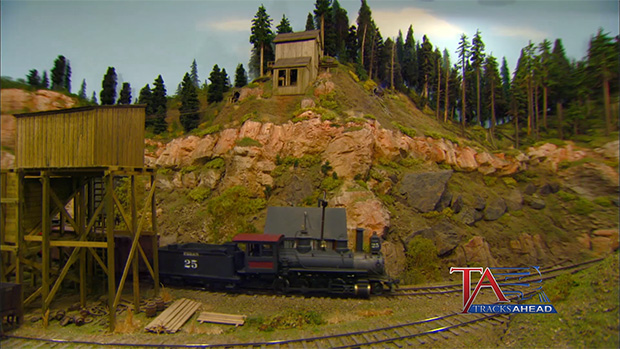
Having trouble viewing this video? Please visit our Video FAQ page Paul B. Scoles was an inspired modeler with remarkable talents. This video showcases his freelance Sn3 (narrow gauge) layout set in coastal northern California in 1895. […]
Read More…

Having trouble viewing this video? Please visit our Video FAQ page Paul B. Scoles was an inspired modeler with remarkable talents. This video showcases his freelance Sn3 (narrow gauge) layout set in coastal northern California in 1895. […]
Read More…
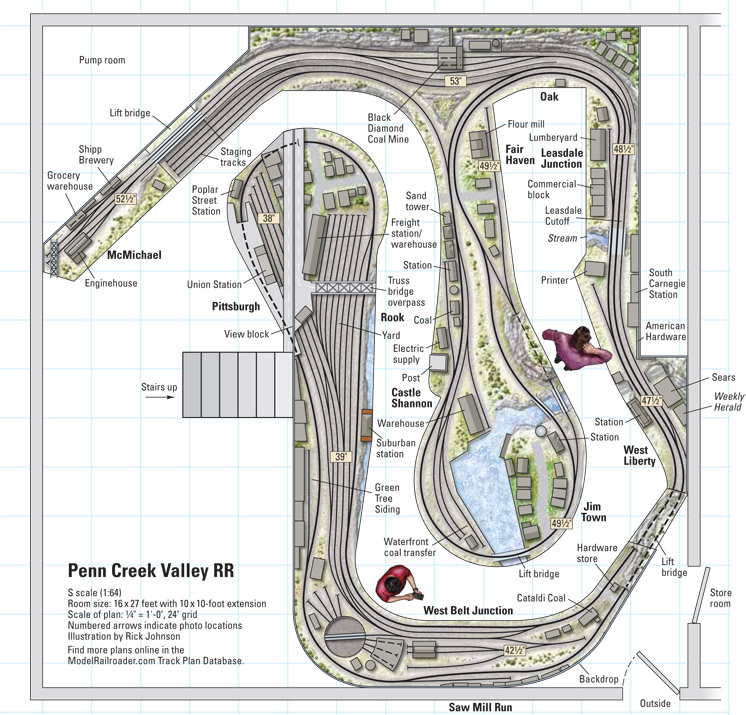
Name: Penn Creek Valley Layout designer: Sam Powell Scale: S (1:64) Size: 16 x 27 feet with a 10 x 10-foot extension Prototype: freelanced Locale: southwestern Pennsylvania Period: 1956 Style: walkaround Mainline run: 180 feet Minimum radius: 36″ Minimum turnout: no. 6 Maximum grade: 2.5 percent Originally appeared in Great Model Railroads 2015. Click on […]
Read More…
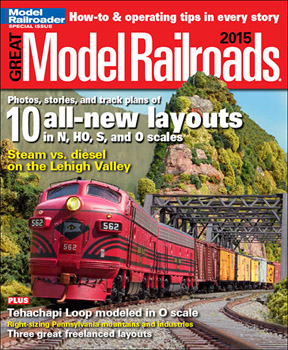
Pre-order Great Model Railroads 2015 Now! Great Model Railroads 2015 showcases 10 dream layouts engineered into reality by talented modelers. This special issue includes track plans, how-to tips, and vibrant photographs, which capture the vivid detail of these brilliant layouts. If you’re looking for inspiration and clever ideas, Great Model Railroads 2015 will spark your […]
Read More…
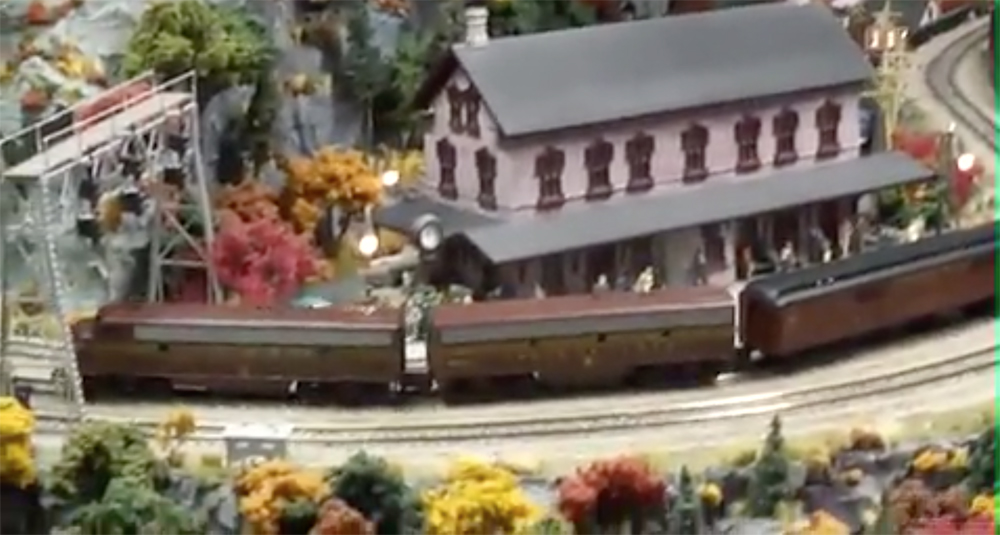
When Dan Malkiewicz turned from HO to S gauge trains, he kept as inspiration the work of one of the greatest HO modelers – John Allen and his layout, the Gorre & Daphetid. […]
Read More…

When Dan Malkiewicz turned from HO to S gauge trains, he kept as inspiration the work of one of the greatest HO modelers – John Allen and his layout, the Gorre & Daphetid. […]
Read More…
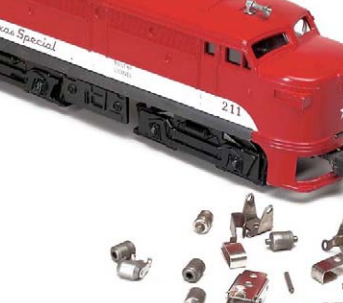
This article originally appeared in the December 2003 issue of CTT – click the link above to download! Learn more about how to tune up and rebuild pickup rollers in the February 2014 issue of CTT. Repair pickup rollers and shoes […]
Read More…
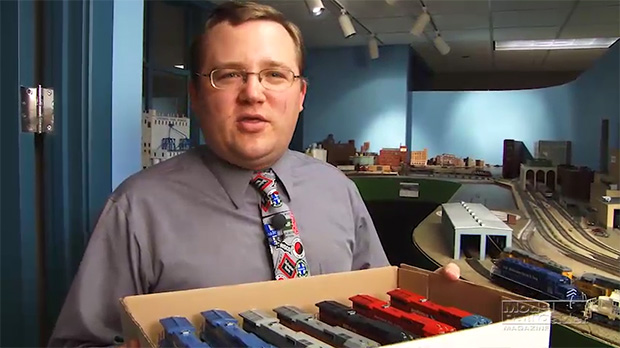
Having trouble viewing this video? Please visit our Video FAQ page Some great new locomotives, freight cars, and other model railroading related items arrived this month at Cody’s Office. Associate editor Cody Grivno will also show you how to easily paint and install flexible acetal plastic handrails on your diesel locomotive models. As usual […]
Read More…

Having trouble viewing this video? Please visit our Video FAQ page Some great new locomotives, freight cars, and other model railroading related items arrived this month at Cody’s Office. Associate editor Cody Grivno will also show you how to easily paint and install flexible acetal plastic handrails on your diesel locomotive models. As usual […]
Read More…
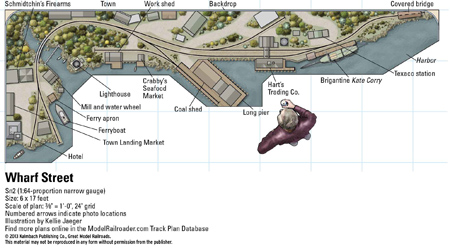
Name: Wharf Street Layout designer: Art Fahie Scale: S (1:64:1) Size: 6 x 17 foot L Prototype: Maine two-foot gauge railroads Locale: Maine coast Era: 1925 Style: shelf diorama Mainline run: n/a Minimum radius: 22″ Maximum grade: none Originally appeared in the Great Model Railroads 2014. Click here to download a PDF of this track […]
Read More…









